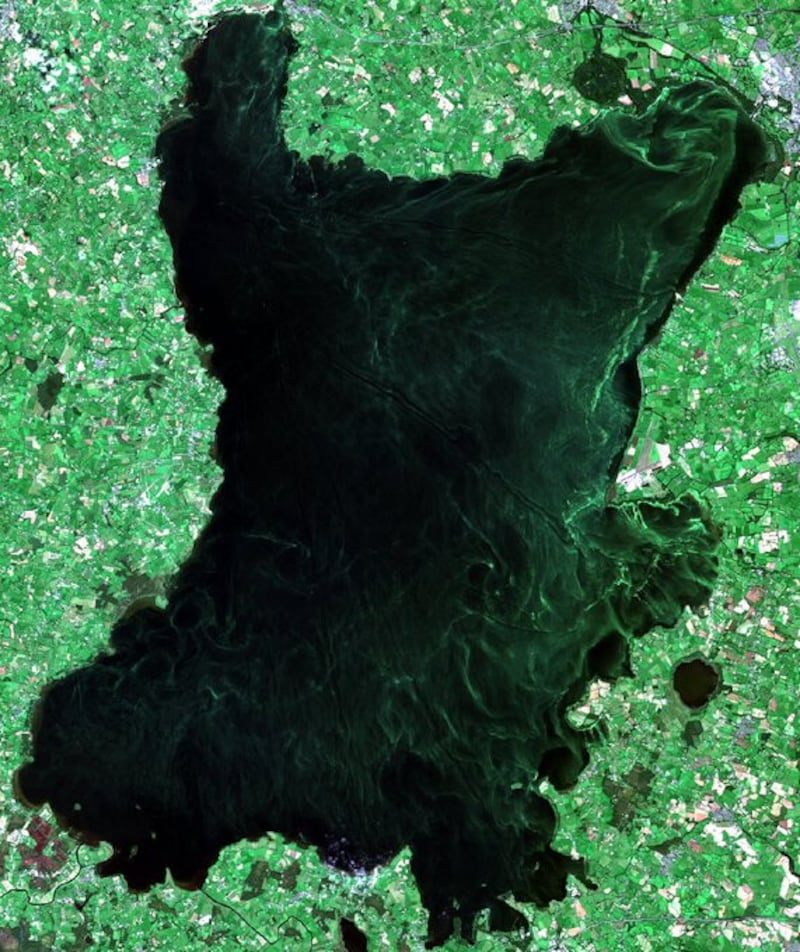Ecological damage to Lough Neagh caused by toxic algae is set to be “more severe” this summer according to a report by NI Water.
The government-owned company revealed its concerns at a special meeting of Lisburn and Castlereagh City Council this week.
Pollutants mainly from the agricultural industry and sewage caused a massive growth of blue-green algae in Lough Neagh last summer. The lough, which is is the largest inland body of water in Ireland, provides much of the north’s drinking water.
About 460,000 homes get their drinking water from the lough, while wastewater and sewage is also pumped into it through 56 final effluent outfall pipes and 72 storm overflow pipes.

NI Water has said it expects the algae bloom to be worse this summer.
However, the utility says the water taken from Lough Neagh is treated and is safe to drink.
Addressing councillors, NI Water head of investment management, Dr Steve Blockwell, said: “We are working with DAERA (Department of Agriculture, Environment and Rural Affairs) and NIEA (Northern Ireland Environment Agency) and we are involved in some working groups.
“We do believe or at least informed by DAERA that they expect the algae bloom to come back next year and there is a greater than 80% chance of it reoccurring and might be even more severe this summer.
“We have established five work streams internally of actions that we can put in place.”
He added of the treatment to clean the water before it reaches taps in homes: “I want to emphasis that we have a multi-barrier treatment system and filters so that the water is safe to drink.
“But I think for the environment, we are expecting the algae to come back.”



